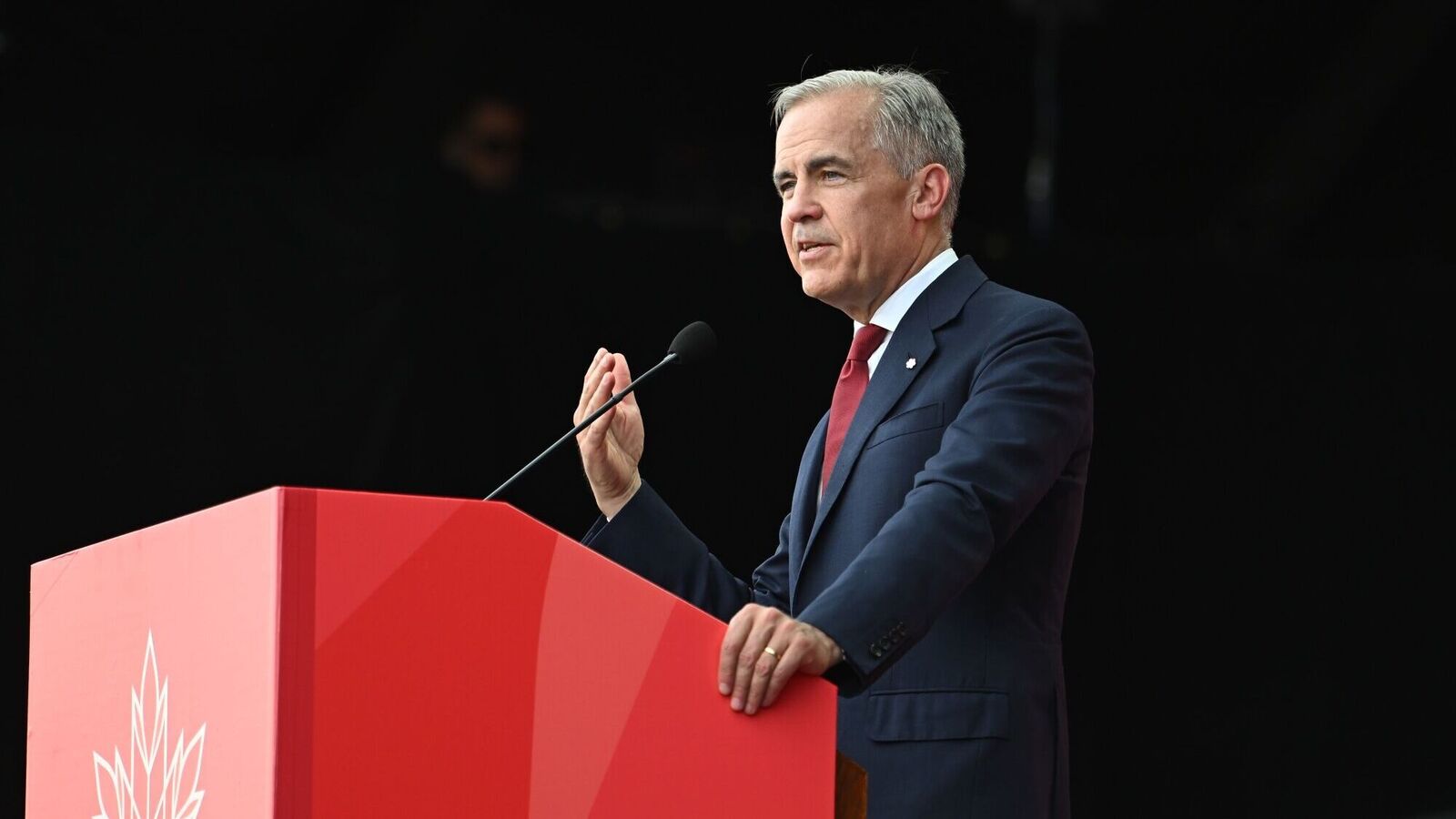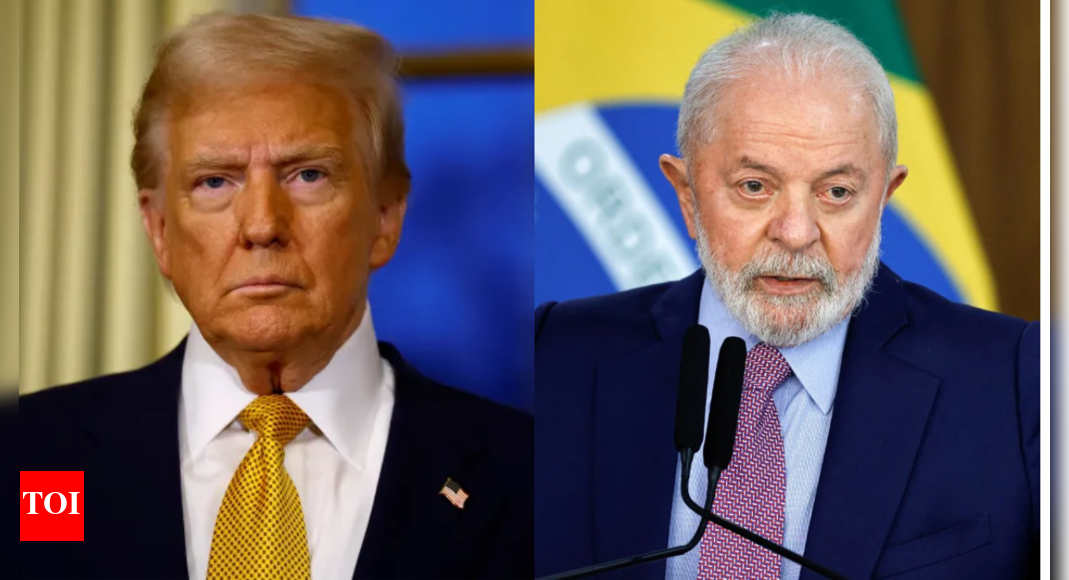China on Friday announced that it would impose additional tariffs of 34% on all US goods from April 10, days after Donald Trump announced reciprocal tariffs on several countries.

Beijing also announced controls on exports of medium and heavy rare earths, which are materials used in high-tech products such as computer chips and electric vehicle batteries, from April 4, reported AFP.
“The purpose of the Chinese government’s implementation of export controls on relevant items in accordance with the law is to better safeguard national security and interests and to fulfill international obligations such as non-proliferation,” China’s commerce ministry said in a statement.
Also Read | Countries, sectors which are most affected by Trump tariffs. Who is exempted?
The Chinese government also said it would add 27 US companies to lists of companies subject to trade sanctions or export controls, reported the Associated Press.
Beijing has also announced that it will file a lawsuit with the World Trade Organization (WTO) over the latest tariffs.
Trump’s tariff
Trump on Wednesday announced a minimum tariff of 10% on imports, with the tax rate running much higher on products from certain countries.
The announcement jolted markets worldwide, but Trump said that was to be expected.
Also Read | What will become expensive and cheaper in the US under Trump’s tariffs? See full list
The tariffs ranged from 10% to 49%. The US President levied a 26% tariff on India, 34% on China, 46% on Vietnam, and 10% on the UK. The EU has been slapped with a 20% tariff, while 49% has been levied on Cambodia. Imports from South Korea will attract 25% tariffs.
“Taxpayers have been ripped off for more than 50 years,” Trump said while announcing the tariffs at the White House. “But it is not going to happen anymore.”
Also Read | Trump tariffs: What it means for different countries
The latest tariffs bring average US tariffs on all Chinese products to as high as 65%, according to Bloomberg. That rate includes existing tariffs from the first Trump term that were maintained by the previous Biden administration.




